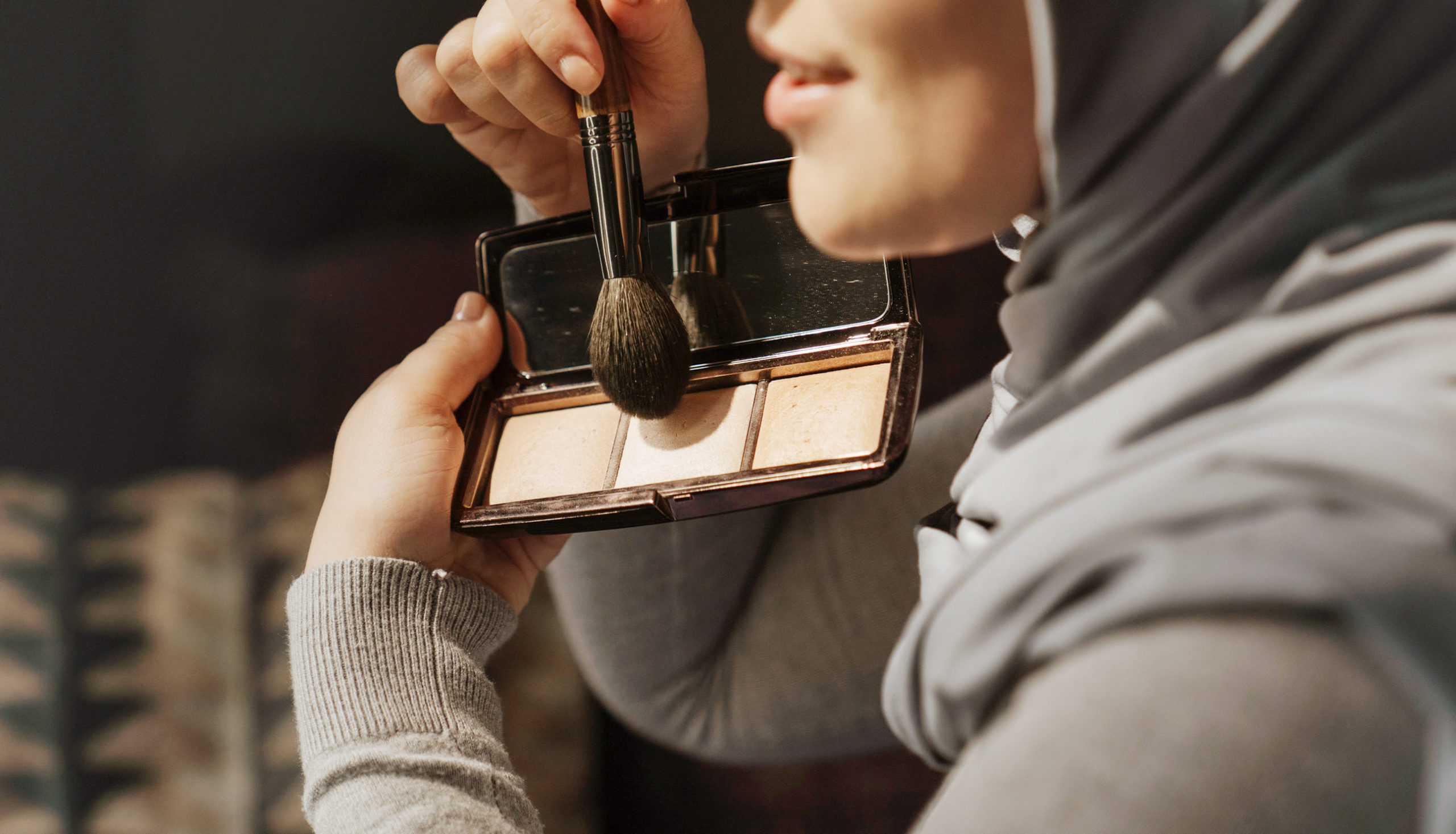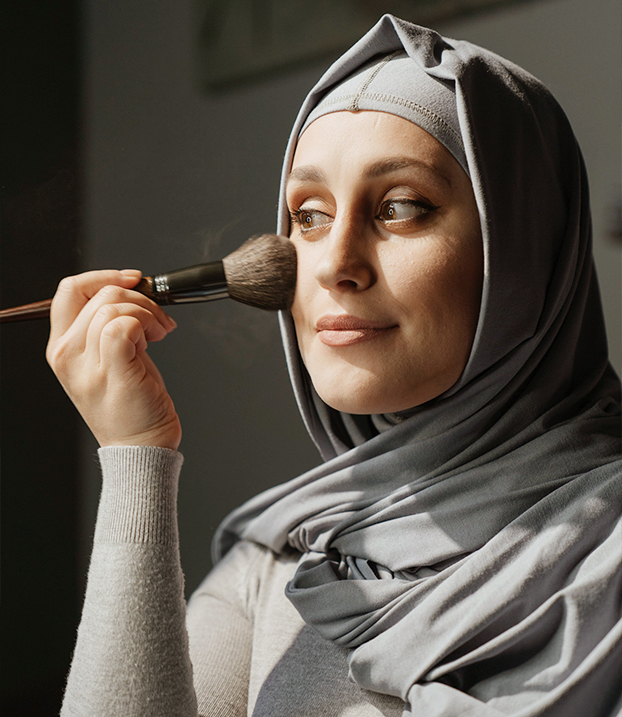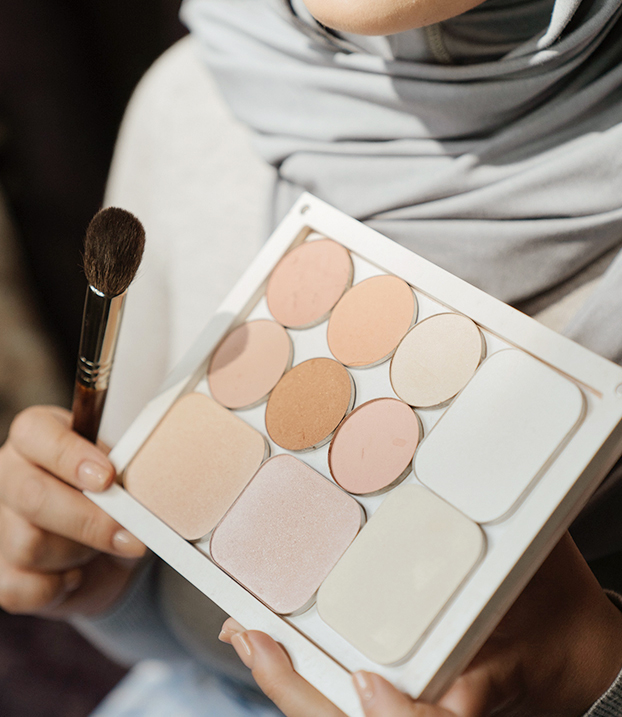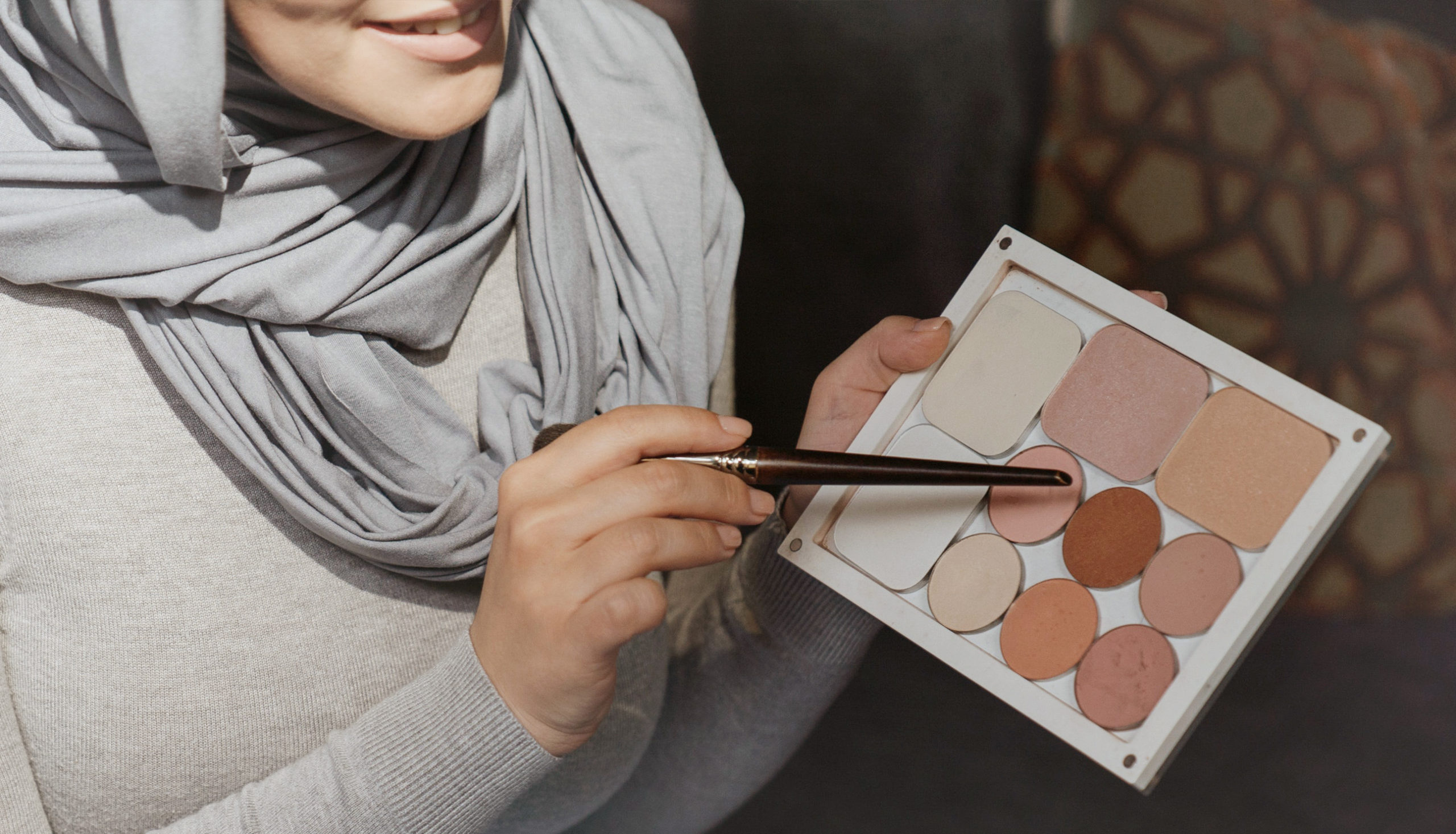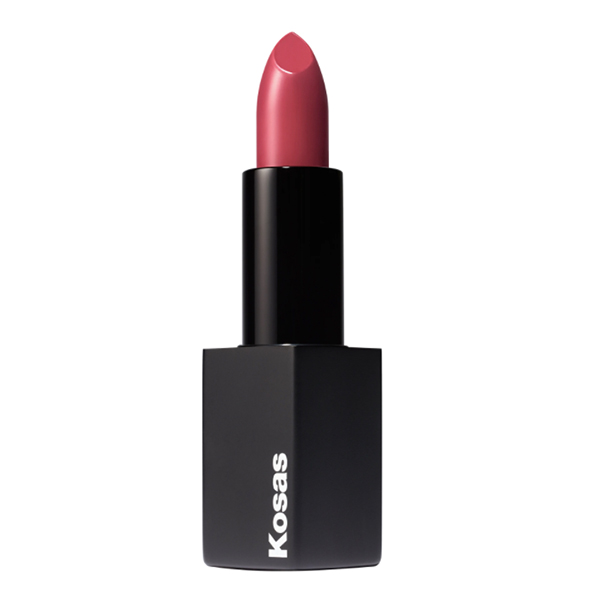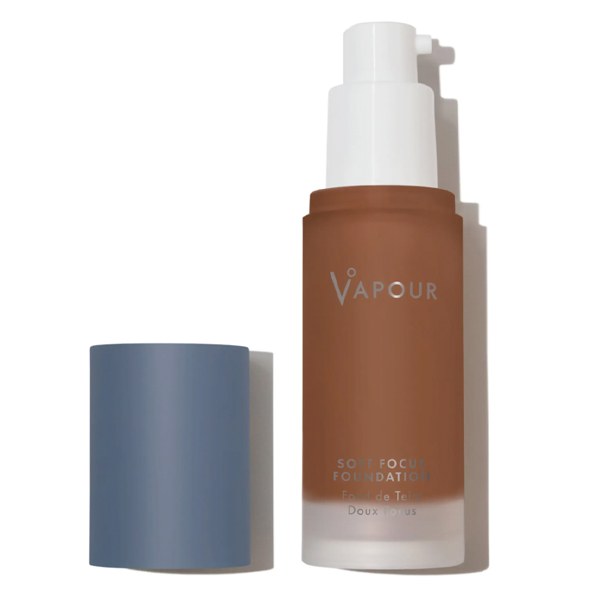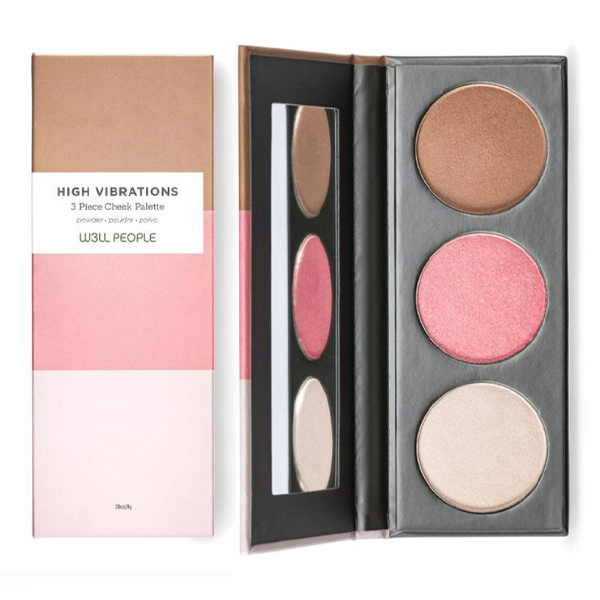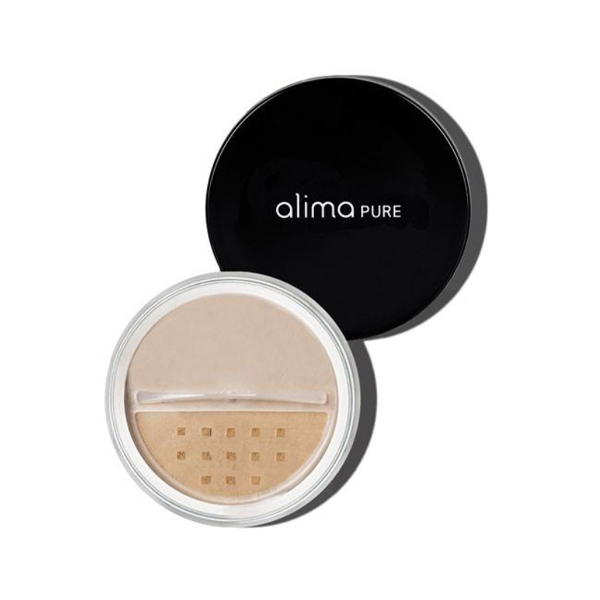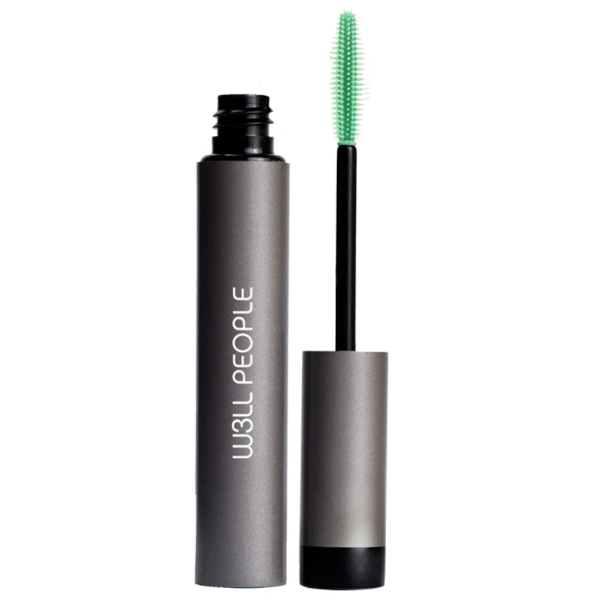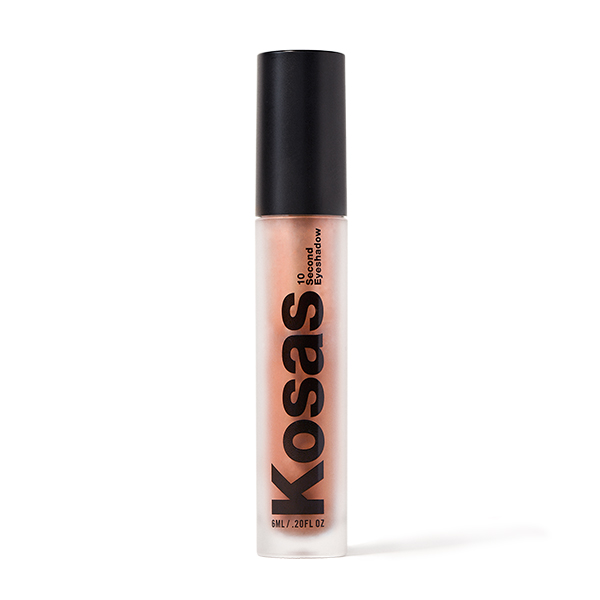Is Talc in Makeup Dangerous? What You Need to Know
For decades, mamas used to sprinkle baby powder on their little ones’ bottoms to prevent rashes. Baby powder was ubiquitous and many women used it well into adulthood, but in the 1980s, evidence began to mount that the talc it contained had traces of asbestos, a known carcinogen. While talc-based baby powder was finally phased out by Johnson’s in 2020, there are still a number of cosmetic products on the market that contain talc. Here’s what you need to know.
What Is Talc and Why Is It Bad?
Talc is a mineral that is mined from the earth and commonly used in a number of consumer products, particularly cosmetics and personal care. It’s used to prevent chafing, absorb moisture, to make cosmetics opaque, and to give a soft, silky texture to makeup when it’s applied.
While talc is not carcinogenic, it is mined from locations where asbestos deposits also occur. This is where problems arise—when talc is mined, it is often contaminated with asbestos. Asbestos is a known carcinogen when inhaled and because talc is an ingredient in products that are meant to be applied as a powder, consumers easily breathe it in while using it. For people who use talc-containing products on their faces daily—or even several times a day—the cumulative risk of cancer increases if this talc happens to be contaminated.
In other words, talc isn’t bad—but talc can be contaminated with asbestos, which is very bad.
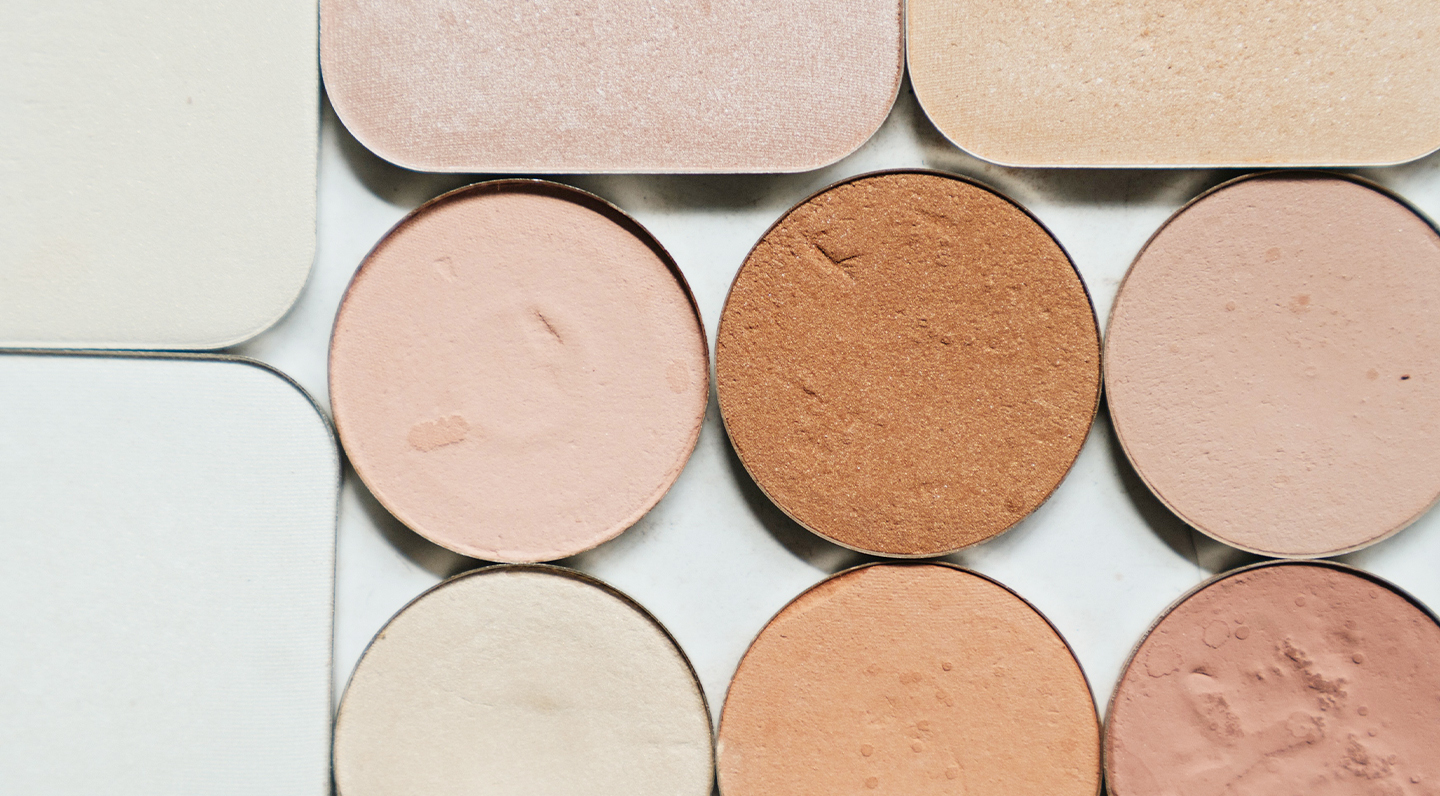

What Types of Products Contain Talc?
If you haven’t been mindful to avoid cosmetics that contain talc, it’s very likely that you already have a compact or bottle sitting on your bathroom counter or tucked away in your medicine cabinet that has talc listed as an ingredient. Even worse, if you have a kiddo who has play makeup, it too likely contains talc—there have been recalls in recent years after tween makeup from Claire’s was found to be contaminated with asbestos.


Here are some of the most common personal care products and cosmetics that contain talc, according to the Environmental Working Group:
- Eye shadow
- Foundation
- Bronzer
- Highlighter
- Facial powder
- Blush
- Lipstick
- Concealer
- Eye liner
- Brow liner
- Antiperspirant/deodorant
- Setting powder/spray
- Makeup primer
Should You Buy Talc-Free Cosmetics and Personal Care?
The FDA classifies talc as “generally recognized as safe,” so even some clean beauty brands continue to use it in their products. Of course, this is true with a very big caveat: talc is safe when it isn’t contaminated with asbestos. How do you know the products you’re buying don’t contain asbestos?
Unfortunately, you just have to trust that manufacturers are doing their due diligence and testing each batch of their products before they go on the market. If trusting companies to self-regulate is too big of a leap of faith for you to take, you’re not alone—that’s why so many consumers are simply avoiding all products made with talc.
More About Talc-Free Cosmetics
Check out some of our tried-and-true talc-free beauty base products, here. Do you have some favorites that you love? Post your talc-free beauty routine on Instagram and tag us so we can take a peak!




